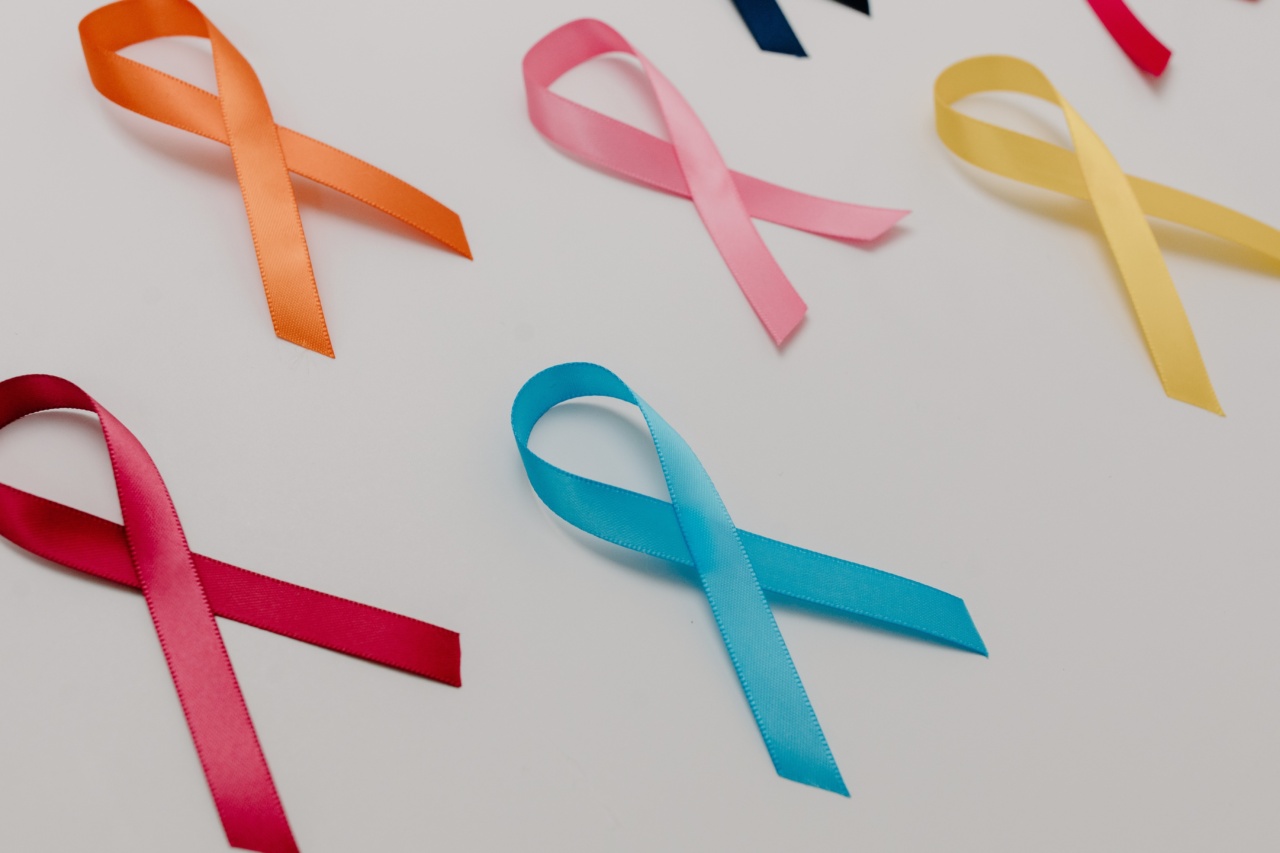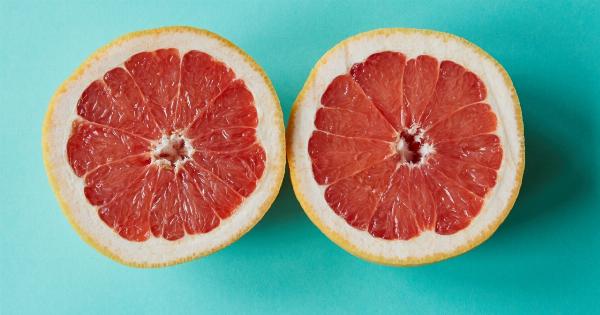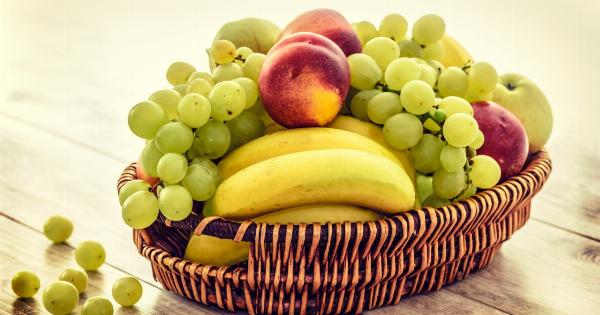Have you ever experienced pain in your lower back or sides that persists despite taking medication? Have you felt a burning sensation during urination or noticed that your urine is cloudy or foul-smelling? These symptoms could be signs of kidney stones.
Kidney stones are hard mineral deposits that form in your kidneys or urinary tract. They can be as small as a grain of sand or as large as a golf ball and can cause excruciating pain as they pass through the ureters and urinary tract.
Understanding the different types of kidney stones can help you prevent and manage them.
Calcium stones
Calcium stones are the most common type of kidney stones, accounting for up to 80% of cases. They are made primarily of calcium oxalate or less commonly, calcium phosphate.
Oxalate is a naturally occurring substance found in many foods, including spinach, rhubarb, and chocolate. When your body processes oxalate, it can form crystals that stick together and form stones.
Calcium phosphate stones are less common and are often caused by a metabolic disorder that causes too much calcium to be excreted in your urine.
Uric acid stones
Uric acid stones are formed when your urine is too acidic. They can be caused by a diet high in animal protein, certain genetic factors, or other medical conditions that increase your body’s production of uric acid.
Struvite stones
Struvite stones, also known as infection stones, are made of magnesium ammonium phosphate.
They form as a result of a urinary tract infection that causes urea-splitting bacteria to produce ammonia, resulting in an alkaline urine pH that promotes stone formation. Struvite stones can grow very large and may require surgery to remove them.
Cystine stones
Cystine stones are rare and are caused by a genetic disorder that causes your kidneys to excrete too much cystine, an amino acid. Cystine stones are most commonly seen in children and young adults and can be prevented by drinking plenty of fluids.
Prevention and treatment
If you’ve had a kidney stone before or are at risk for developing them, there are steps you can take to prevent their formation. Drinking plenty of fluids, particularly water, is the most important step you can take.
Staying hydrated helps dilute your urine and prevent the minerals and salts from crystallizing and forming stones.
You can also prevent kidney stones by limiting your intake of oxalate-rich foods and animal protein. Eating a diet that’s rich in fruits, vegetables, and whole grains can help prevent kidney stones.
If you do develop a kidney stone, your treatment will depend on the size and location of the stone and the severity of your symptoms.
In some cases, your doctor may recommend medication to help break up the stone so that it can pass more easily through your urinary tract. In other cases, surgery may be necessary to remove the stone.
Conclusion
Kidney stones can be a painful and potentially serious condition. Understanding the different types of kidney stones and taking steps to prevent their formation can help you stay healthy and avoid the discomfort and inconvenience of kidney stone pain.






























